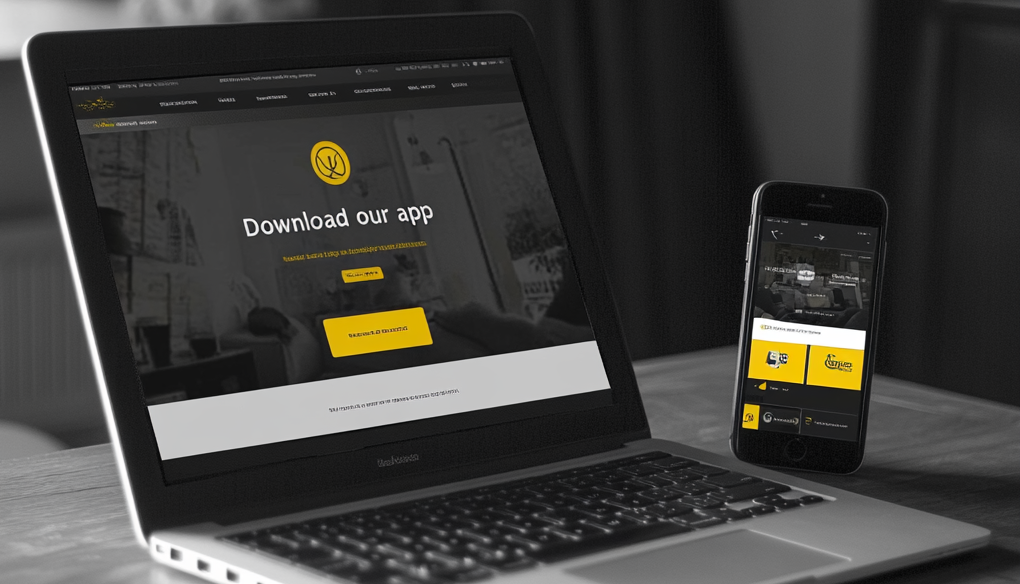Programmatic advertising has come a long way since the first ad exchange was created by Right Media in 2004.
But what was at first a fairly straight track towards an advertising auction where buyers and sellers meet, has now been replaced by a complex flow with very many players on respective sides who all add their own twist to the chain. This can many times even make it even more difficult for you as a programmatic media buyer to get the best result for your programmatic media buying campaigns. According to Gartner, a CMO spends 27% of their budget on martech alone (“marketing technologies”), that is, not on actual media purchases.
Here’s a standard supply path for an advertiser when buying programmatic media to reach users on a specific publisher site.

If you bid $1 CPM in the auction then the final bid that will reach the publisher 40% of that. So the majority of the ad spend will be spent somewhere along the way. Sometimes also entitled the «adtech tax» this is a supply path chain that is not always transparent and easy to understand as fees can be hidden inside gross prices from certain platforms.
Simply put, the more tech players that you as a programmatic buyer bring into a digital campaign, the fewer dollars remain to purchase advertising impressions and compete for the users that you are after. If we follow a common programmatic supply path for an advertiser to reach a user in a programmatic campaign, as the visual above illustrates, it becomes clear that if you rely heavily on adtech throughout the process only about 40% of the impression bid is left to buy the media with!
Don’t get us wrong here, in high-performance, data-driven marketing the advertising technology used will be the base and infrastructure for your growth and success. However, the actual implementation, selection and usage of different platforms and vendors in programmatic media buying will vary depending on your business needs and strategy. Here are 5 handy tips for how to optimise your programmatic campaigns so they can deliver the results your business requires.
1. Have the hygiene factors in place before and during the campaign
Try to always have an agile thinking in regards to creatives and campaign management and target groups. Be prepared to change creatives, call-to-action, the entire copy or rotate display banners throughout the campaign to get the winning variations. Remember that campaign targeting should never be static. Change your budget and bids away from domains that are under-performing to those with a better viewability, cleaner UI and shows lower bounce rate or better dwell time on your site analytics. If your DSP has bid multiplier funtionality (it should) for device targeting then adjust the bids according to the devices that perform the best. For instance, mobile might outperform desktop impressions, so make sure to bid more aggressively on impressions shown on mobile if that leads to conversions. Lastly, be prepared to continuously change the frequency capping and dayparting (time of the day to show advertisements) to find your campaign’s magic mix of control/cost vs. actual performance ROI.
2. Use log-level data and cloud services for the right reporting details
All data that flows in is worthless without the tools to interpret and act on it. At Curamando, we see that when customers become more granular in campaign reporting and adds third party tools like Funnel.io, Supermetrics or run BigQuery from Google, they gain insight and an opportunity to act and make decisions on their campaign data which was previously missing. The majority of advertisers will not have the digital maturity of handling log-level campaign data but with all the cloud services popping up, the overall marketing data available is improving our ability to make the right decisions.
(Tip: All of these tools can send campaign and conversion data to Google Data Studio to combine with other data in your organisation for dashboarding)
3. Exclude SSPs with poor delivery, first-price, sell-side fees or too high auction price
Try to understand why some SSPs (Supply-Side Platforms) have higher CPM than the other SSPs; have they delivered better ROI, greater volume, notably better CTR or higher viewability? Or is the reason because that particular SSP charges a fee on media purchases? Some SSPs have implemented first-price auctions which give the publisher a higher revenue CPM but that will lead to more expensive media buys for you as an advertiser if you still believe that what you are bidding on is a second-price auction. If you assume that your highest bid will not be what you in the end pays to show your ad (which is that happens in a second-price auction), then you’ll get an uncomfortable and expensive surprise when your max bid is accepted directly and wins for that exact bid.
If you see any of these signs, it might be time to pause that specific SSP and see if the campaign delivers better without it.
4. Think through the programmatic media buying flow
Sometimes we have a bias to feel safer the more technology that we connect in order to secure the campaign effect – same bias that happens when a retail client shopping for clothes believe that more expensive products and brands will deliver more value than cheaper ones. But is the brand safety-app that was connected to the campaign really needed, or are the DSP’s built-in anti-fraud functionality enough? Can you embed the ad server cost into the DSP so it hosts the creative banners directly? Take a look at the image above and think through whether you can shorten the programmatic media buying supply chain or purchase directly (via a programmatic direct deal for example) to avoid reduced buying power as a result of having too many tech players in the campaign flow.
5. Talk with your DSP
Finally, speak with your DSP about how it works to filter all impressions coming in before your bid is sent into the programmatic auction. The more auction data you have will help you cut your tech costs and hopefully get more budget over to spend on actually winning the auction and the user.






